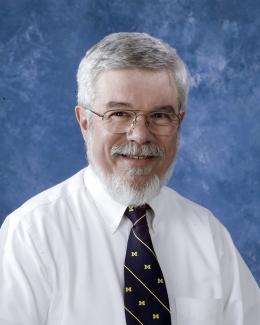Abstract
An Al-6Ce-3Ni-0.7Fe (wt%) alloy was fabricated via laser powder-bed fusion and its microstructure, thermal stability, tensile properties, and creep properties are investigated for two rapid-solidification rates with different eutectic spacings. For both faster- and slower-cooled states, the as-fabricated alloy mostly shows elongated grains with very fine eutectic networks (∼40 nm lamellar width) comprising a high-volume fraction (∼18 %) of intermetallic phases. Faster-cooled samples, however, display a less continuous eutectic network with finer spacing (∼100 nm), leading to higher Orowan strengthening and therefore superior microhardness and yield stress up to ∼350 °C. Upon aging (300 – 450 °C), micron-size Al9(Ni,Fe)2 needle-like precipitates form within grains, and the Al11Ce3 eutectic network spheroidizes, while retaining a submicron width and spacing, resulting in 33–37 % drop in microhardness after 144 h aging at 400 °C. Limited tensile ductility (∼6 %) and creep ductility (∼1–2 %) are measured for both faster- and slower-cooled alloys due to an inhomogeneous microstructure, where cavitation preferentially initiates at melt-pool boundaries, precipitate-free zones, and/or denuded zones, eventually leading to local fracture. Denuded zones, induced by stress, form due to diffusional flow with stress-dependent orientations, and are identified as microstructurally weak regions leading to strain localization. The present alloy does not show a significant difference in 300 °C creep resistance between: (i) tensile and compressive loading, (ii) faster- and slower-cooled samples, and (iii) continuous and spheroidized eutectics. Creep resistance at 300 °C is comparable to that of a Ce-richer Al-10.5Ce-3.1Ni-1.2Mn (wt%) alloy, despite the formation of denuded zones and needle-like Al9(Ni,Fe)2 precipitates.





